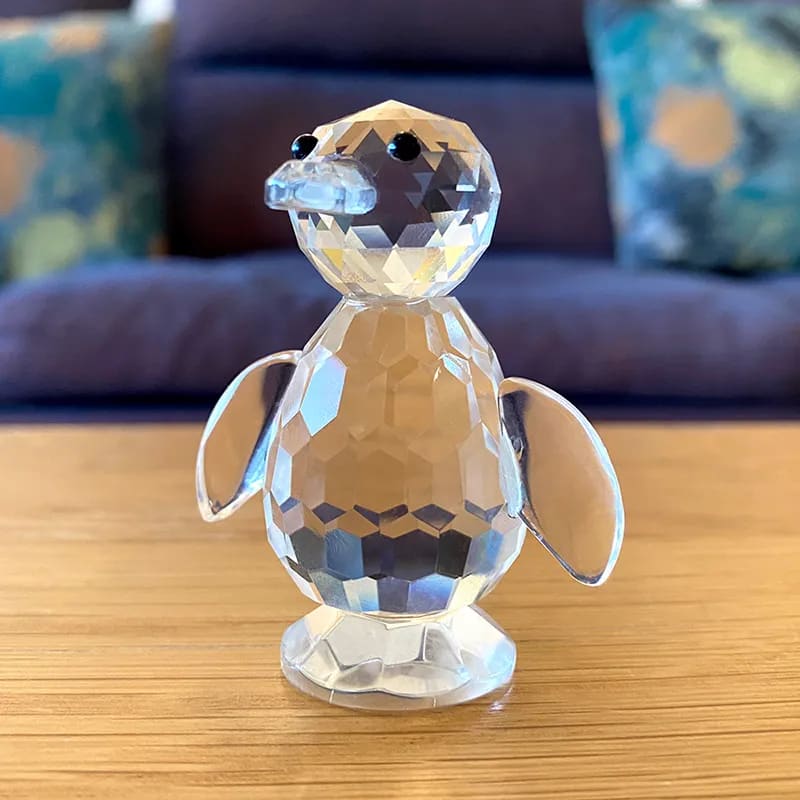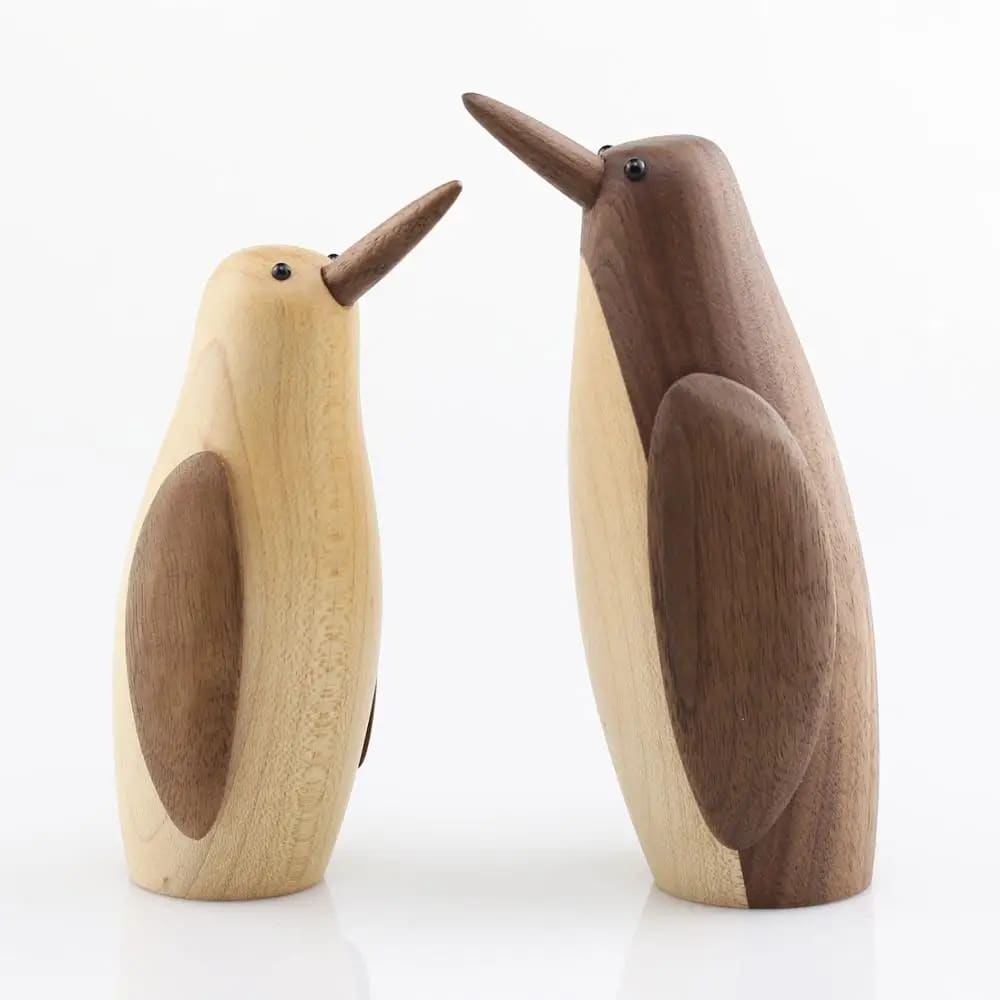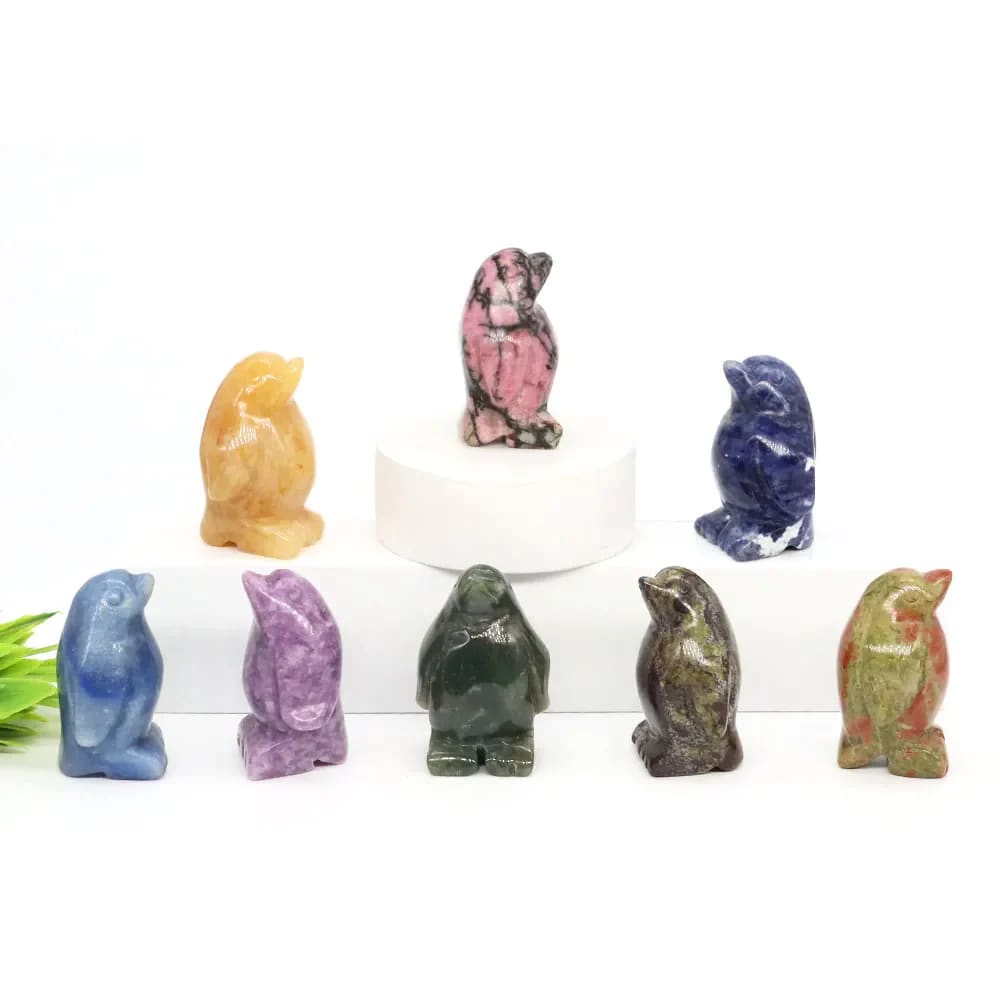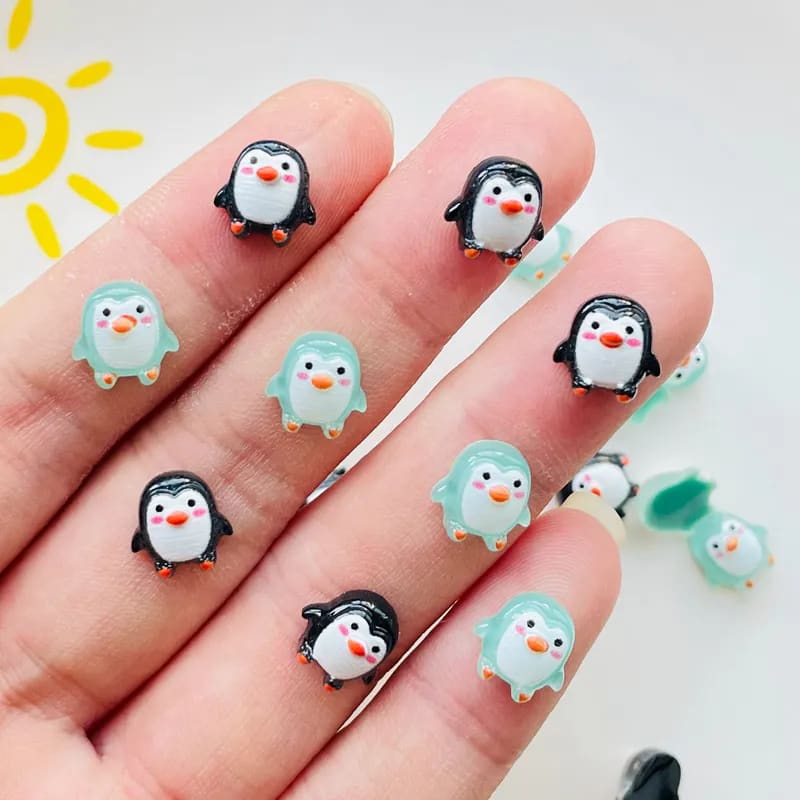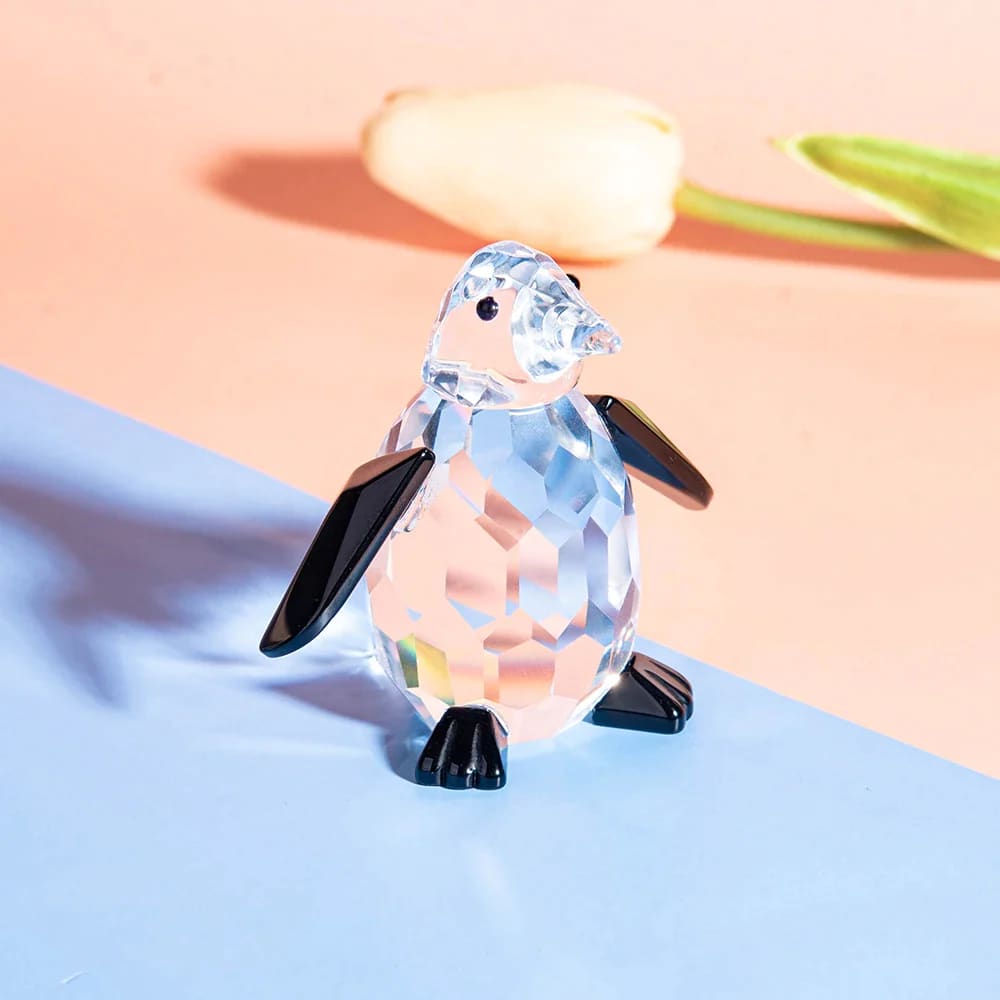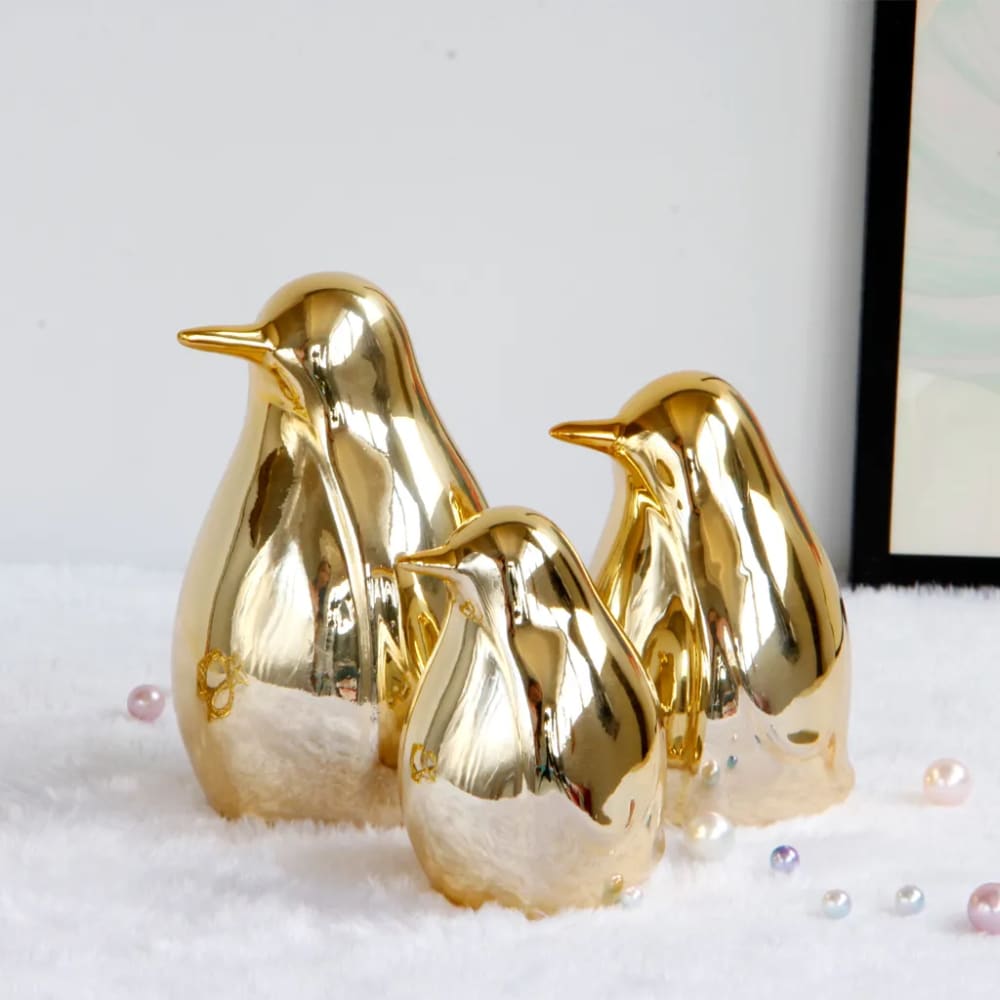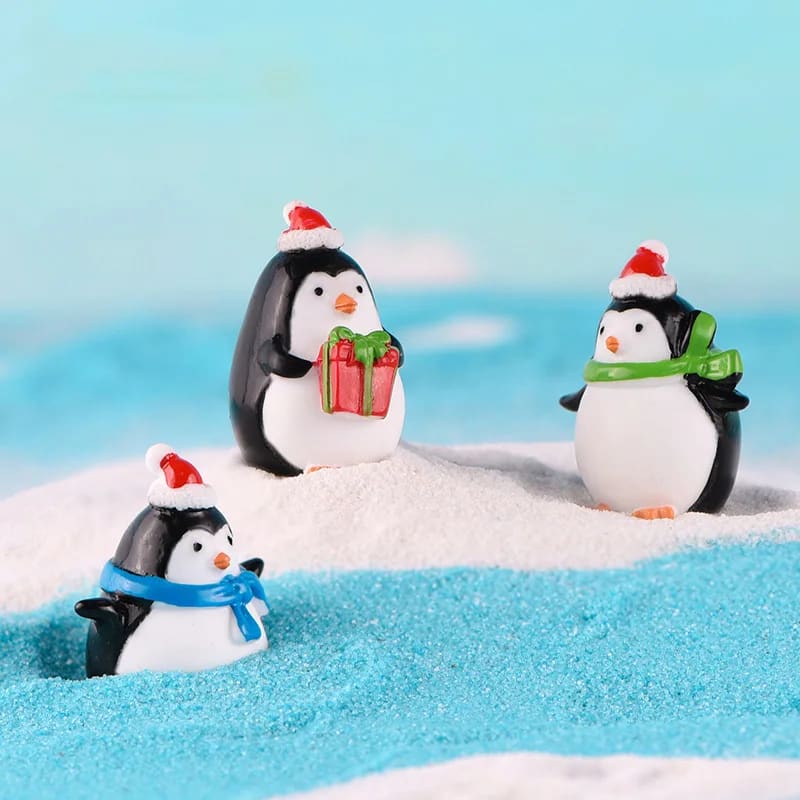Adorable Southern Rockhopper Penguins
Southern Rockhopper Penguins are one of the most adorable and playful creatures in the animal kingdom. With their distinct yellow eyebrows, spiky headfeathers, and bright red eyes, these small penguins never fail to capture the hearts of onlookers.
These penguins can be found in the southern parts of South America and various sub-Antarctic islands, where they thrive in cold and rocky coastal areas. They are known for their extraordinary jumping abilities, often hopping from one rock to another with incredible agility.
Physical Characteristics of Southern Rockhopper Penguins
Southern Rockhopper Penguins stand at around 20 inches tall and weigh approximately 5 pounds. Their distinctive features include long yellow eyebrows that curve upwards, giving them a perpetually surprised expression. They have spiky, spiky feathers on their heads, and their red eyes provide a striking contrast against their black and white plumage.
These penguins have sharp claws on their webbed feet, which they use to grip onto slippery rocks. Their bodies are built for swimming, with streamlined figures and tightly packed feathers that enhance their waterproofing capabilities. They also possess a thin layer of blubber that keeps them warm in frigid waters.
Behavior and Communication
Southern Rockhopper Penguins are highly social birds and form large colonies where they communicate with each other through various vocalizations. They have a wide range of calls and sounds, from high-pitched trills to braying calls.
These penguins are also known for their energetic and playful behavior. They love hopping and jumping on rocks, a behavior that sets them apart from other penguin species. Their acrobatic skills are not only a source of entertainment but also serve as a way of communication within their groups.
Southern Rockhopper Penguins also display courtship rituals, which involve head-bobbing, bowing, and other movements to attract a mate. Once they find their ideal partner, they form monogamous pairs that can last for several breeding seasons.
The Threats and Conservation Efforts
Despite their cute appearance and playful nature, Southern Rockhopper Penguins are facing numerous threats to their existence. Climate change, pollution, and overfishing are among the major challenges these penguins have to overcome.
As climate change continues to melt the polar ice caps, it disrupts the food chain and decreases the availability of prey for these penguins. Pollution from oil spills and plastic waste also affects their habitat and puts their lives at risk.
Impact of Overfishing
The decline of fish populations due to overfishing has a direct impact on Southern Rockhopper Penguins. These penguins heavily rely on fish as their primary food source. With diminishing fish stocks, they struggle to find sufficient nourishment for themselves and their chicks.
Conservation efforts are crucial to ensure the survival of Southern Rockhopper Penguins. Organizations such as the International Penguin Conservation Work Group and various wildlife sanctuaries are working to protect their habitats, raise awareness, and promote sustainable fishing practices to safeguard the future of these penguins.
Preserving Breeding Colonies
One of the key aspects of conservation is preserving the breeding colonies of Southern Rockhopper Penguins. By establishing protected areas and implementing measures to reduce human disturbance, we can give these penguins a safe and secure environment to reproduce.
Furthermore, ongoing research and monitoring programs help gather crucial data about the behavior, population dynamics, and habitat requirements of these penguins. This data is essential for creating effective conservation strategies and managing their populations in the long term.
Future Prospects for the Southern Rockhopper Penguins
Despite the challenges they face, there is hope for the Southern Rockhopper Penguins. The collective efforts of conservation organizations, researchers, and individuals can make a significant difference in safeguarding their future.
By addressing climate change through reducing carbon emissions and promoting renewable energy sources, we can mitigate the effects of global warming on their habitats. The reduction of plastic waste and the implementation of sustainable fishing practices are also crucial steps towards ensuring their survival.
Educating and Raising Awareness
Educating the public about the importance of conserving Southern Rockhopper Penguins and their unique ecosystems is vital. Through education and awareness campaigns, we can inspire individuals to take action, make environmentally-friendly choices, and support conservation efforts.
Furthermore, responsible ecotourism can provide economic incentives for local communities to protect the habitats of these penguins. By offering sustainable tourism options that prioritize the well-being of the birds and their environment, we can promote the coexistence of humans and wildlife.
Collaboration and Research
Collaborative efforts between researchers, conservation organizations, and governments are crucial for the future prospects of Southern Rockhopper Penguins. By sharing knowledge, resources, and expertise, we can develop effective strategies to protect their habitats, manage their populations, and ensure their long-term survival.
Through these combined efforts, we can secure a future where Southern Rockhopper Penguins continue to thrive and enchant us with their playful antics and adorable presence.
Exploring the Enchanting World of Southern Rockhopper Penguins
Southern Rockhopper Penguins are fascinating creatures that captivate our hearts with their unique appearance and playful behavior. As we delve deeper into their world, we discover the challenges they face and the importance of conservation efforts.
Adaptations for Survival
Living in harsh and icy environments requires certain adaptations to ensure survival. Southern Rockhopper Penguins have evolved several physiological and behavioral traits that enable them to thrive in their habitat.
Their waterproof feathers, blubber layer, and tightly packed bodies provide insulation against the freezing waters. Their sharp claws and strong legs are perfectly suited for navigating the rocky terrain. These physical adaptations help them survive in the harsh conditions of the Southern Hemisphere.
Breeding and Parental Care
During the breeding season, Southern Rockhopper Penguins gather in large colonies on remote islands. They build nests from rocks and pebbles to protect their eggs and provide shelter for their chicks.
Both parents take turns incubating the eggs and caring for the chicks. They regurgitate partially digested food to feed their young, ensuring their proper development. This shared parental responsibility strengthens the bond between the mates and increases the chances of survival for the chicks.
Interactions with Other Species
Southern Rockhopper Penguins coexist with various other species in their ecosystem. They interact with fur seals, sea lions, and birds like albatrosses and petrels. These interactions can be both beneficial and challenging for the penguins, as they compete for resources and face potential predation.
Understanding these complex ecological relationships is crucial for developing comprehensive conservation strategies that protect not only the Southern Rockhopper Penguins but also the entire ecosystem they inhabit.
Conclusion
Southern Rockhopper Penguins, with their adorable appearance and playful nature, are a cherished species of the Southern Hemisphere. However, their survival is under threat from climate change, pollution, and overfishing. It is our collective responsibility to protect these unique birds and their habitats.
Through conservation efforts, education, and sustainable practices, we can ensure the future of Southern Rockhopper Penguins and preserve the enchanting world they inhabit. Let us work together to secure a world where these playful birds continue to hop, jump, and charm us with their presence.


